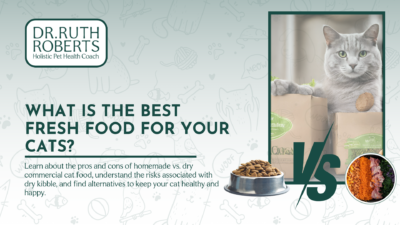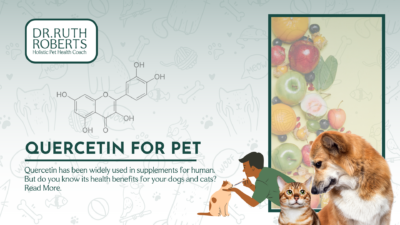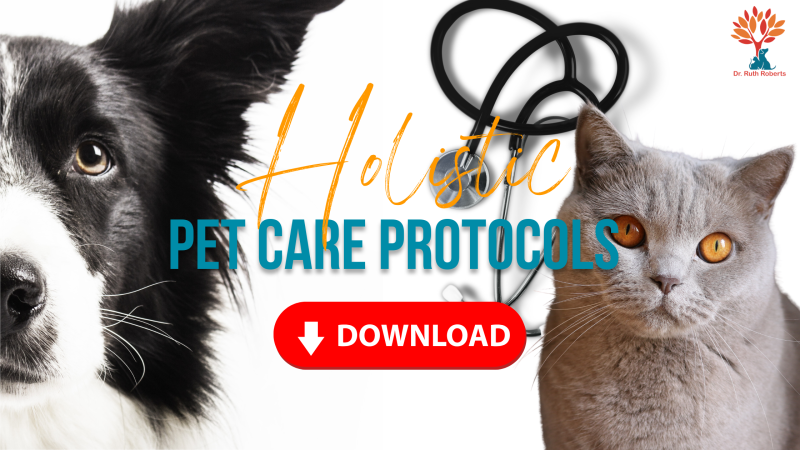
How to Exercise a Cat
Fun Ideas for Your Indoor Cats
I am the Original Holistic Pet Health Coach, and am now training passionate pet parents, and pet professionals to be Certified Holistic Pet Health Coaches so that more pets can be helped holistically.
It is a common sight to see dog owners taking their furry friends on walks around the neighborhood or bringing them to the park for a game of Frisbee, while cat owners tend to spend their time watching their feline companions sleep in a comfortable, sunlit spot. Although they may seem content lounging in their favorite spot all day, it’s crucial for them to engage in daily exercise. To avoid the potential health and mental issues, as we explain in this article, it’s crucial to ensure that indoor cats receive sufficient exercise and mental stimulation. To address this issue, there are two forms of playtime that can be used as a solution to keep cats active and entertained – interactive playtime and non-interactive playtime. Both interactive and non-interactive playtime can be valuable forms of exercise for cats, as they provide physical activity and mental stimulation that are important for their health and well-being.
Exercise offers cats numerous benefits:
- Weight management: Reduces obesity-related health risks.
- Improved digestion: Stimulates digestion, prevents constipation.
- Cardiovascular health: Reduces heart disease risks.
- Stronger muscles and bones: Reduces injuries, improves mobility.
- Stress and anxiety reduction: Enhances overall well-being.
- Improved mood: Releases endorphins, promotes contentment.
- Increased muscle tone: Enhances physical health and agility.
- Mental stimulation: Prevents boredom, curbs destructive behavior.
- Better sleep: Enhances overall health and well-being.
- Regular exercise is vital for promoting a cat’s physical and mental well-being.
Providing exercise for your indoor cat is essential for their health and happiness. With a little creativity and effort, you can help your furry friend stay active and engaged.

Interactive playtime involves activities where you engage and play with your cat using toys or other objects. This type of playtime helps to strengthen the bond between you and your cat, provides them with important socialization and mental stimulation, and can also help prevent behavioral problems. Interactive playtime is an important component of indoor cat exercise that involves a variety of activities that encourage cats to move around, jump, and use their natural instincts to chase and hunt prey. It can be activities such as using a feather wand or laser pointer to encourage your cat to chase and pounce, tossing balls or other toys for your cat to chase and retrieve, or providing puzzle feeders or treat dispensing toys to encourage your cat to work for their food.
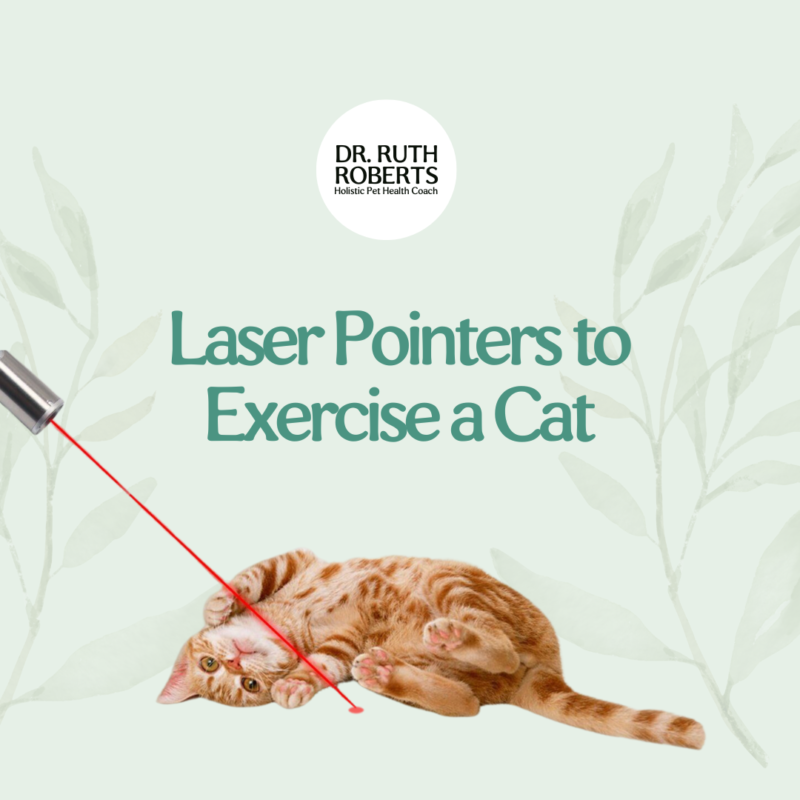
Laser Pointers
Laser pointers provide indoor cats with exercise and mental stimulation by satisfying their hunting instincts and promoting agility, coordination, and speed. To ensure safety and maximize benefits, remember a few tips. Never shine the laser directly into your cat’s eyes as it can cause damage. Choose a safe area free from hazards. After the play session, reward your cat with a treat or toy to create a sense of accomplishment. While laser pointers can be beneficial, it’s important to use them in moderation and provide other forms of physical and mental stimulation for your cat’s overall well-being.
Puzzle Feeders
When introducing puzzle feeders to your cat, start with a simple toy to build their confidence. Place a small amount of food or treats inside and show them how to use it. Be patient as they learn. Choose appropriate puzzle feeders and monitor their usage to prevent frustration or stress. Puzzle feeders stimulate mental and physical abilities, preventing boredom and obesity. They also slow down eating, preventing digestive issues and encouraging smaller, frequent meals.
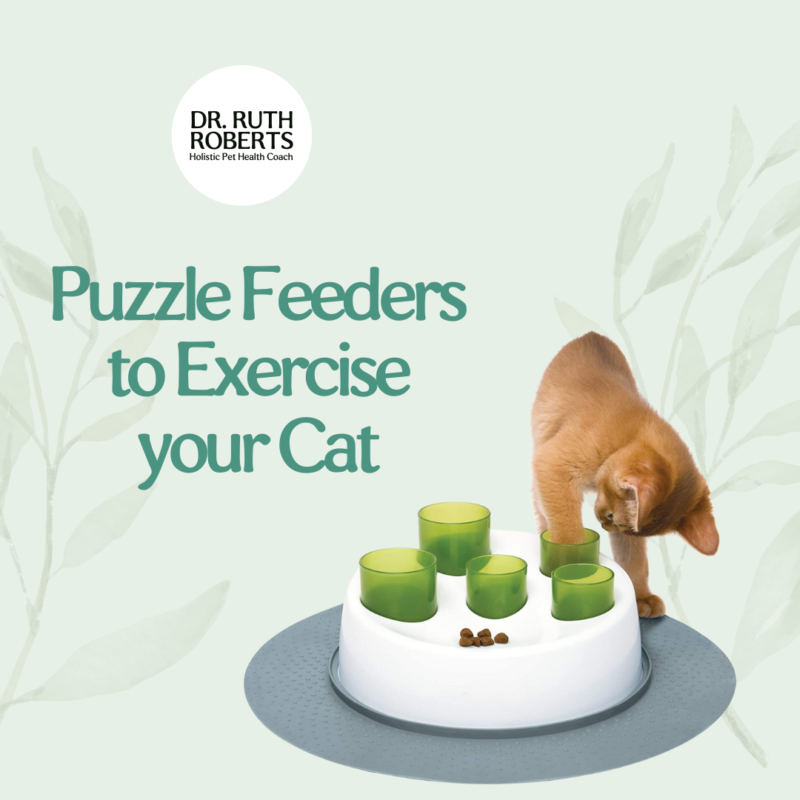

Obstacle Courses
Obstacle courses provide indoor cats with physical and mental stimulation, promoting agility, balance, and coordination while preventing boredom and behavioral issues. Start with a simple setup and gradually increase the difficulty using items like stacked cardboard boxes, furniture, and toys such as tunnels, hurdles, and scratching posts. Engaging in obstacle courses keeps cats active and mentally stimulated, resulting in a happier and healthier feline companion.

Non-interactive playtime for cats refers to activities that allow your cat to play and exercise independently, without your direct involvement. While interactive playtime is important for bonding and stimulating your cat’s mind, non-interactive playtime can also be beneficial for providing your cat with physical exercise and mental stimulation.
Some examples of non-interactive playtime activities for cats include:
You can give your cat a variety of toys to play with, such as balls, toy mice, and kicker toys. These toys can keep your cat entertained and provide physical and mental stimulation.Kicker toys are toys that are designed for cats to kick and bite with their back legs. These toys can be a great way to provide indoor cats with physical and mental stimulation.
Kicker toys offer multiple benefits for cats. They provide exercise, helping burn calories and maintain a healthy weight. These toys also stimulate cats mentally, promoting problem-solving and natural play behaviors. Additionally, kicker toys serve as stress relievers, allowing cats to release tension and reduce destructive behavior. Choose durable toys in the right size and consider options with catnip or enticing scents.
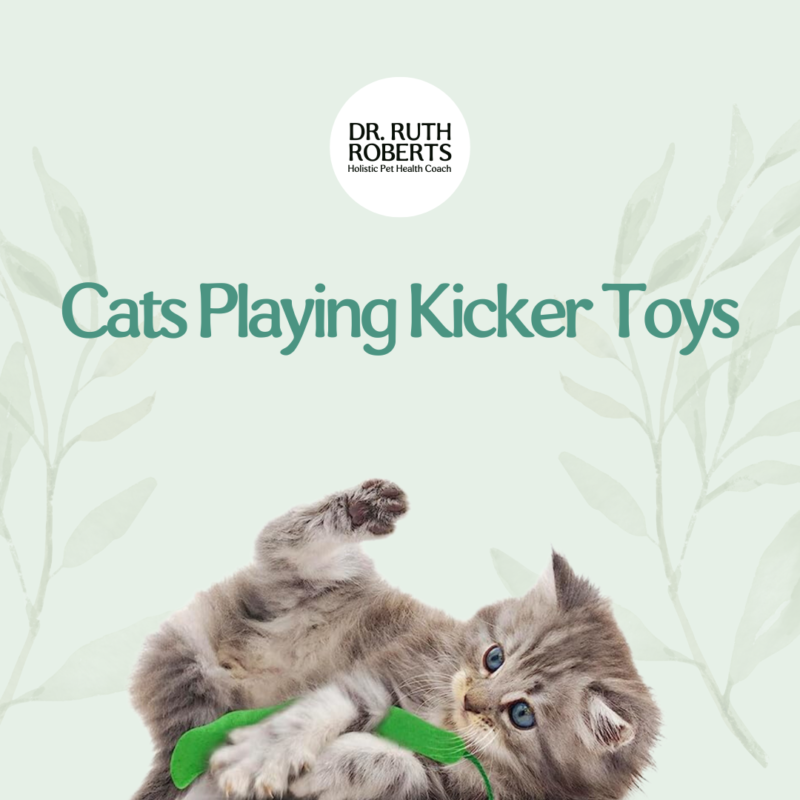
Providing toys: Kicker Toys
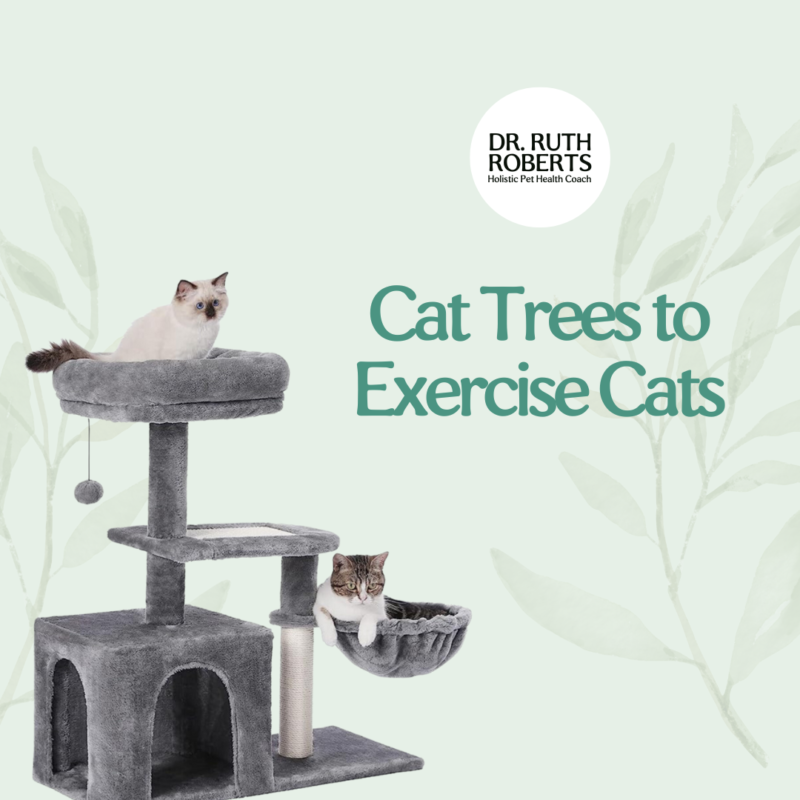
Creating A Play Area: Cat Trees
A cat tree offers multiple benefits for indoor cats. It provides a suitable outlet for their natural scratching behavior, preventing damage to furniture and household items. Cat trees also allow cats to climb and perch, satisfying their innate instinct to be in elevated positions, providing a sense of security and a better view of their surroundings. Additionally, cat trees and scratching posts serve as play areas, hiding spots, and resting places, promoting both physical and mental well-being. When choosing a cat tree, consider size, construction materials like sisal rope or fabric, features such as tunnels and dangling toys, and the optimal location within your home. By considering these factors, you can create a safe and stimulating environment for your indoor cat.
Turn the Exercise into a Routine
Incorporating exercise into an indoor cat’s routine is vital for their overall health and well-being. Here are tips to introduce and maintain regular exercise:
Provide interactive play with toys like wand toys or feather teasers to engage with your cat. Also, consider non-interactive play with puzzle toys or treat-dispensing toys that encourage independent play.
Begin with shorter play sessions and low-intensity activities. Gradually increase the intensity and duration of exercise to build your cat’s stamina and avoid injuries.
Encourage exercise by using toys or treats as rewards. This positive reinforcement makes the experience enjoyable for your cat and motivates them to participate in physical activities.
Keep a close eye on your cat during exercise to ensure their safety. Check the stability of climbing structures and make sure they are secure.
Consider factors such as age, health status, and personality when designing an exercise routine. Adjust the activities and intensity based on your cat’s preferences and limitations. Knowing how much exercise your cats need is important to strike a balance between exercise and rest.
Remember, regular exercise offers numerous benefits for your indoor cat’s overall health and well-being. It prevents boredom, promotes weight management, improves cardiovascular health, and reduces the risk of destructive behavior. By following these tips, you can help your cat lead a healthy and active lifestyle indoors.


